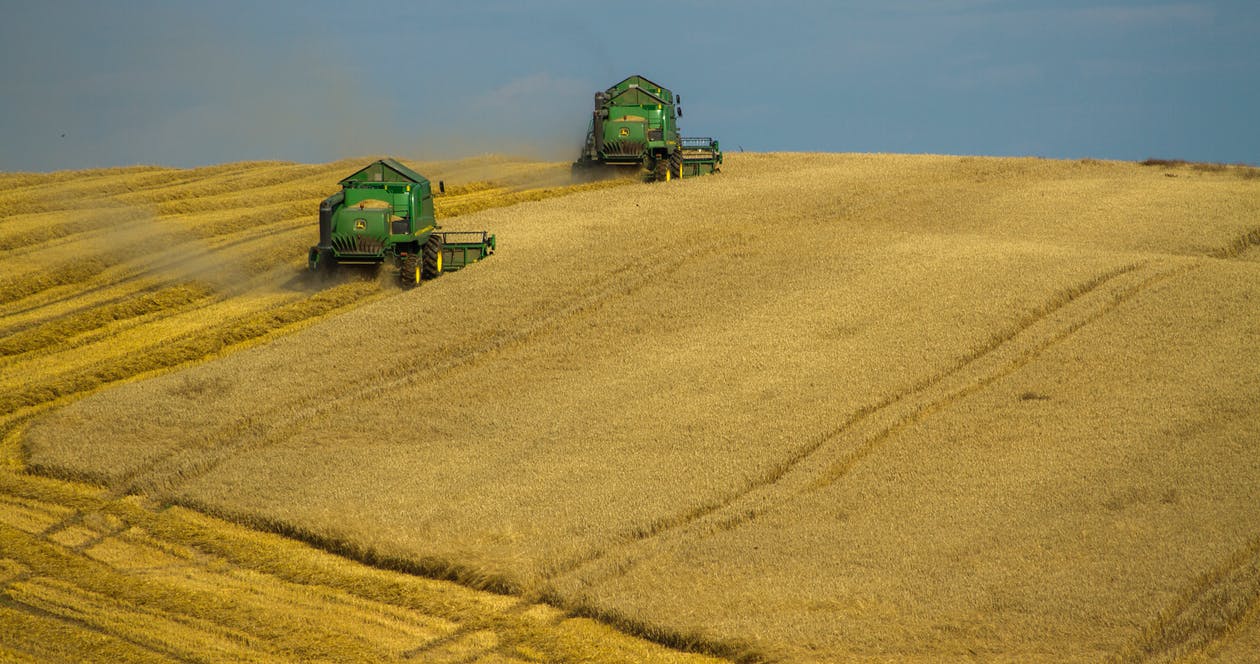The global fate of pollinators rests firmly in the hands of Big Ag according to research published in the journal PeerJ, which identified the most serious future threats and opportunities facing pollinating species.
A horizon scan of future threats and opportunities for pollinators and pollination was authored by an international team of scientists and conservationists from leading research institutions and NGOs focused on pollinator health. Led by Professor Mark Brown from Royal Holloway University of London, the team used a method of “horizon scanning” to look ahead and identify future threats that require preventative action, and opportunities to be taken advantage of, in order to protect the insects, birds, mammals, and reptiles that pollinate wildflowers and crops. The approach has been used since 2010 to generate global horizon scans for conservation.
Identifying Opportunities Vs. Mitigating Impacts
From the expansion of corporate agriculture to new classes of insecticides and emerging viruses, pollinators are facing changing and increasingly challenging risks. In response, researchers are calling for global policies of proactive prevention, rather than reactive mitigation, to ensure the future of these vital species.
“35% of global crop production, and 85% of wild flowering plants rely on hard-working pollinators to thrive. We are increasingly adopting practices that damage these species. Then, we rather absurdly look to mitigate their loss, rather than prevent it in the first place,” explained Professor Brown. “Most research focuses on the battles already being fought, not on the war to come.”
Top Six Priority Issues Facing Global Pollinators
The team compiled a list of sixty future risks to pollinators and opportunities for their conservation, and from that ranked each one. The top six highest priority issues are:
-
1. Corporate control of agriculture at the global scale
-
2. Sulfoximine, a novel class of systemic insecticides
-
3. New viruses
-
4. Effects of extreme weather under climate change
-
5. Increased diversity of managed pollinator species
-
6. Reductions in chemical use in non-agricultural settings
While insecticides, climate change, and viruses will have clearly negative impacts on pollinators, opportunities to diversify our managed pollinating species and reduce chemical use in off-farm settings can improve the outlook for pollinators. A larger question is whether future harm to pollinators can be prevented as global agriculture becomes increasingly consolidated.
“Big Ag” Plays a Big Role
The research highlights consolidation of the agri-food industries as a major potential threat to pollinators, with a small number of companies having an unprecedented amount of control over land. In Brazil, for example, soybean farmed for export to China now occupies over 40 million hectares and is controlled by a small number of multinational corporations.
“The homogenization of agriculture effectively means that corporations are applying blanket production systems to landscapes that are vastly different, significantly reducing the diversity and number of native pollinators,” explained Sarina Jepsen, Director of Endangered Species Program at the Xerces Society and Deputy Chair of the IUCN Bumblebee Specialist Group.

While “Big Ag” food producers may be perceived as unlikely partners in conservation, the authors of this study conclude that engaging large agricultural landowners will be essential to address threats to pollinators globally. For this to be effective, large agricultural producers need to be willing to make real change to how they operate, and both incorporate pollinator habitat into farmland and protect these areas from pesticides.
“We must continue to encourage these practices across industry, government, and the public, so that we give our important pollinating species the support they need to do their vital work,” concluded Professor Brown.
Positives on the horizon
The Xerces Society has been at the forefront of protecting pollinators for many years, actively working on many of the issues identified in the study and advancing the science and practice of pollinator conservation. A substantial amount of our work involves engaging the farming community in integrating pollinator protection into their farming practices, expanding pollinator habitat, and reducing or eliminating pesticide use.
Since 2008, the Xerces Society has been partnered with the USDA Natural Resource Conservation Service and farmers to implement a quarter million acres of pollinator habitat improvements on farms across the U.S. Xerces is also working with food companies like General Mills, Häagen-Dazs, WhiteWave Foods, and Whole Foods Market to incorporate habitat and pesticide mitigation into their supply chain by working directly with supplier farmers. These partnerships are anticipated to fully integrate habitat and reduced risk pesticide practices into hundreds of thousands of acres of farmland over the next decade.



